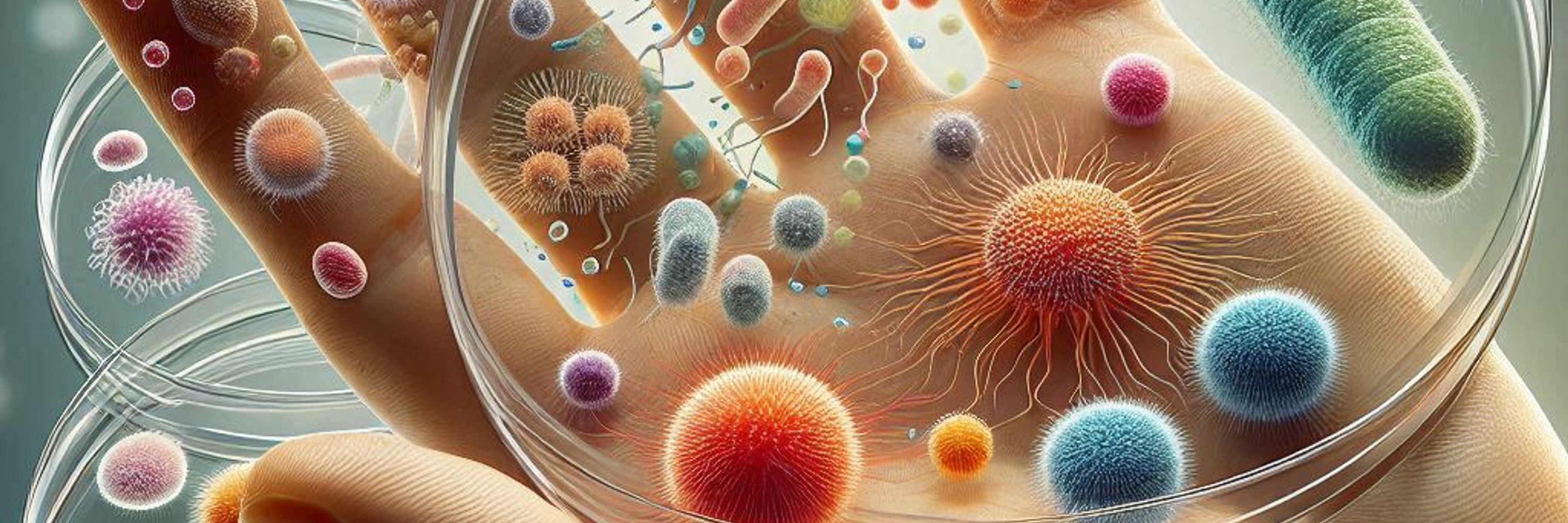
Ka Wai Ma
@kawaima.bsky.social
Used to be a serial plant killer. Still is. Also known as an assistant research fellow at the institute of Plant and Microbial Biology (IPMB), Taipei, Taiwan, working on plant microbiota / plant microbiome and plant innate immunity
We then discuss current challenges and factors to be considered for the practical application including and end with a discussion on the recent development of machine learning algorithms for data-driven classification and prediction of plant-microbiome interaction outcomes [3/n]

September 2, 2025 at 2:12 AM
We then discuss current challenges and factors to be considered for the practical application including and end with a discussion on the recent development of machine learning algorithms for data-driven classification and prediction of plant-microbiome interaction outcomes [3/n]
We provide an update on the beneficial roles of plant microbiome for improving plant growth, nutrition, stress tolerance and taste of fermented product [2/n]

September 2, 2025 at 2:11 AM
We provide an update on the beneficial roles of plant microbiome for improving plant growth, nutrition, stress tolerance and taste of fermented product [2/n]
Microbial imbalance and the upregulation of the JA pathway is associated with altered plant responses to pathogen and an abiotic stressor. Together, we show that proper regulation of the JA pathway is key for homeostatic interaction between plant host and the microbiota.
4/n
4/n
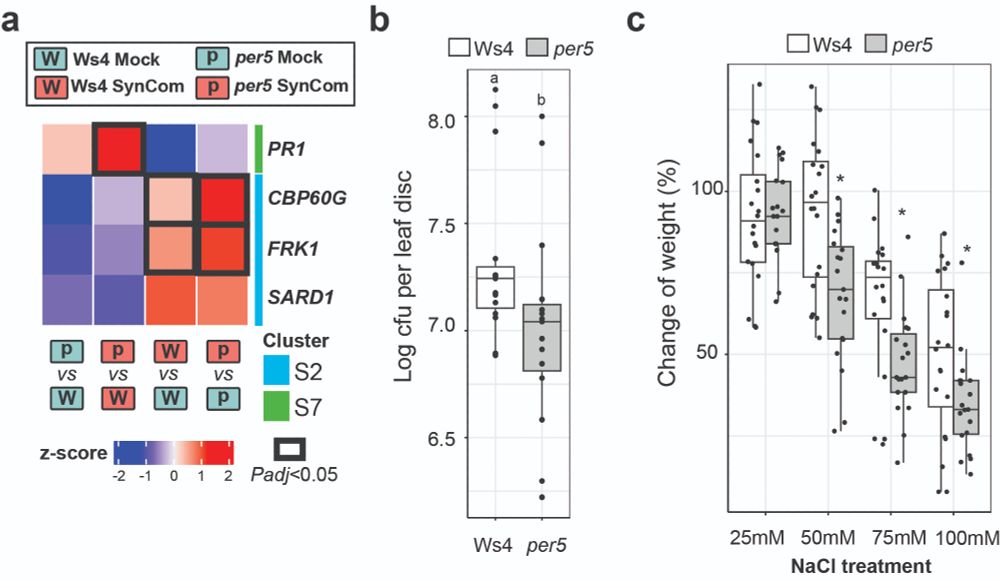
April 1, 2025 at 1:49 AM
Microbial imbalance and the upregulation of the JA pathway is associated with altered plant responses to pathogen and an abiotic stressor. Together, we show that proper regulation of the JA pathway is key for homeostatic interaction between plant host and the microbiota.
4/n
4/n
Transcriptomic analysis suggested that the JA pathway is upregulated in this mutant. Exogenous application of JA can reproduce mutant phenotype on wild type plants. We propose that a JA-feedback loop acts to shape plant microbiota interaction.
3/n
3/n
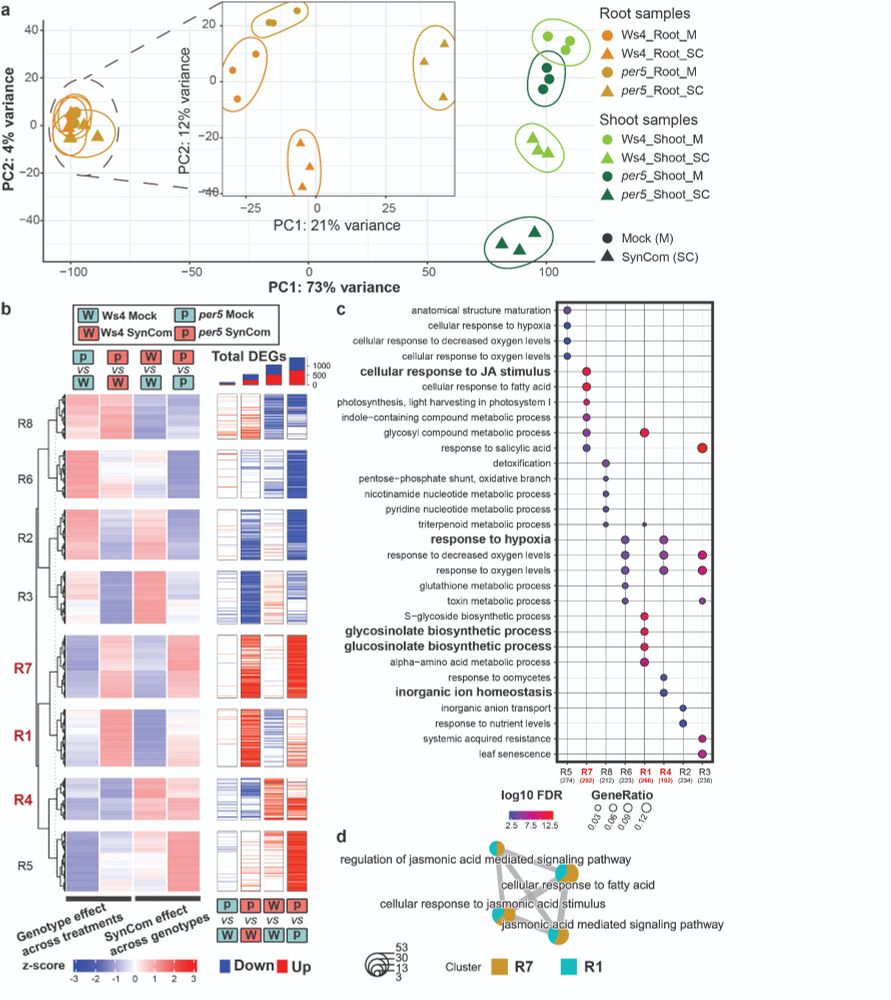
April 1, 2025 at 1:48 AM
Transcriptomic analysis suggested that the JA pathway is upregulated in this mutant. Exogenous application of JA can reproduce mutant phenotype on wild type plants. We propose that a JA-feedback loop acts to shape plant microbiota interaction.
3/n
3/n
We identified an Arabidopsis mutant with microbial imbalance phenotypes or dysbiosis. Dysbiosis is associated with microbial overproliferation and stunted plant growth.
2/n
2/n

April 1, 2025 at 1:47 AM
We identified an Arabidopsis mutant with microbial imbalance phenotypes or dysbiosis. Dysbiosis is associated with microbial overproliferation and stunted plant growth.
2/n
2/n
Finally, we show that immunomodulation provides Xanthomonadales with a competitive
edge in community contexts, but not in monoassociation. We propose that immunomodulation is related to the adaptation of Xanthomonadales to terrestrial habitats and their prominence as core members. (5/n)
edge in community contexts, but not in monoassociation. We propose that immunomodulation is related to the adaptation of Xanthomonadales to terrestrial habitats and their prominence as core members. (5/n)
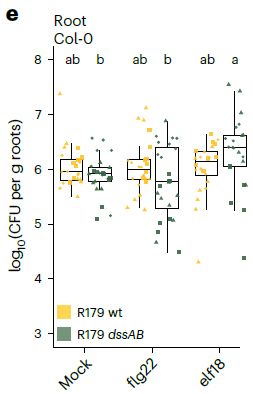
February 20, 2025 at 10:15 AM
Finally, we show that immunomodulation provides Xanthomonadales with a competitive
edge in community contexts, but not in monoassociation. We propose that immunomodulation is related to the adaptation of Xanthomonadales to terrestrial habitats and their prominence as core members. (5/n)
edge in community contexts, but not in monoassociation. We propose that immunomodulation is related to the adaptation of Xanthomonadales to terrestrial habitats and their prominence as core members. (5/n)
we also identify dss-independent mechanism to suppress immunity. Xanthomonadales can degrade or modify multiple immunogenic elicitors. Elimination of elicitors help the producer and microbial neighbors to hide themselves from plant detection. (3/n)
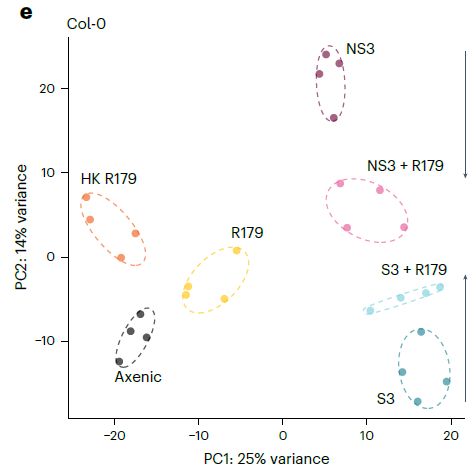
February 20, 2025 at 10:04 AM
we also identify dss-independent mechanism to suppress immunity. Xanthomonadales can degrade or modify multiple immunogenic elicitors. Elimination of elicitors help the producer and microbial neighbors to hide themselves from plant detection. (3/n)
We perform genetic screen on >7000 mini-Tn5 transposon mutants with a deficiency in the defense suppression system (dss). Two of the most promising dss mutants correspond to transporter complexes components. Our results suggest that translocation of still unknown molecules could be involved. (2/n)
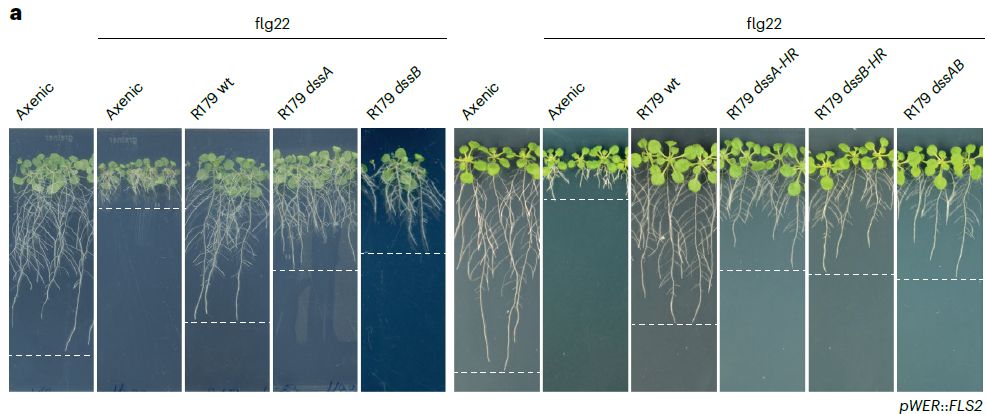
February 20, 2025 at 9:58 AM
We perform genetic screen on >7000 mini-Tn5 transposon mutants with a deficiency in the defense suppression system (dss). Two of the most promising dss mutants correspond to transporter complexes components. Our results suggest that translocation of still unknown molecules could be involved. (2/n)
We study a core bacterial order of the plant microbiota, Xanthomonadales, and find that this lineage exhibits conserved trait to suppress plant immunity. This conservation is found among members isolated from different locations, with different lifestyles and host association (1/n)

February 20, 2025 at 9:51 AM
We study a core bacterial order of the plant microbiota, Xanthomonadales, and find that this lineage exhibits conserved trait to suppress plant immunity. This conservation is found among members isolated from different locations, with different lifestyles and host association (1/n)
Something exciting is in line. Stay tuned!

February 17, 2025 at 9:26 AM
Something exciting is in line. Stay tuned!
Finally I am here. For old and new friends, please add me if I have not done so!

February 16, 2025 at 9:33 AM
Finally I am here. For old and new friends, please add me if I have not done so!

